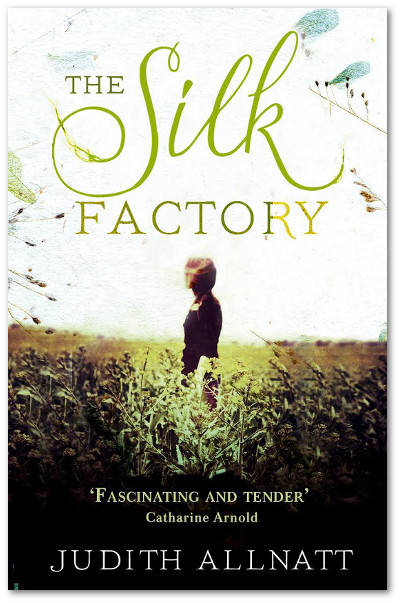
Anyone who’s lost someone is haunted
Rosie Milford inherits a house in an old silk factory after her mother’s death and moves there with her young children. The discovery of a shocking truth about her own childhood, when she is already reeling from the breakup of her marriage, fills her with distrust and fearfulness. Then she starts seeing a strange child, wandering in the garden, who seems as lost as she is.
In 1812, silk master Septimus Fowler has grand plans to keep his factory in step with the industrial revolution: he will plant mulberry trees, rear silkworms and import new mechanized looms. Orphan Beulah Fiddement works as a bobbin winder and has secrets that the master would go to any lengths to get. Caught up in a dark adult world of illicit love, rebellion and revenge, Beulah must put away her childhood and draw on all her spirit to protect those she loves.
Beulah’s story of guilt and bravery will echo down two centuries and change Rosie’s life as she struggles to overcome the hand of her own past and find redemption.
‘A gripping, moving, ambitious novel. A huge achievement.’
Myra Schneider
“An utterly compelling story, characters you care about deeply and a real feeling for the thread of the uncanny that runs through our lives.”Margaret Leroy
—————–
“I loved the gut-wrenching reality of birth and death in a world where people were just an extension of their machines. A book that lingers in the memory.”Catharine Arnold
—————–
“A gripping, moving, ambitious novel. A huge achievement.”Myra Schnieder

